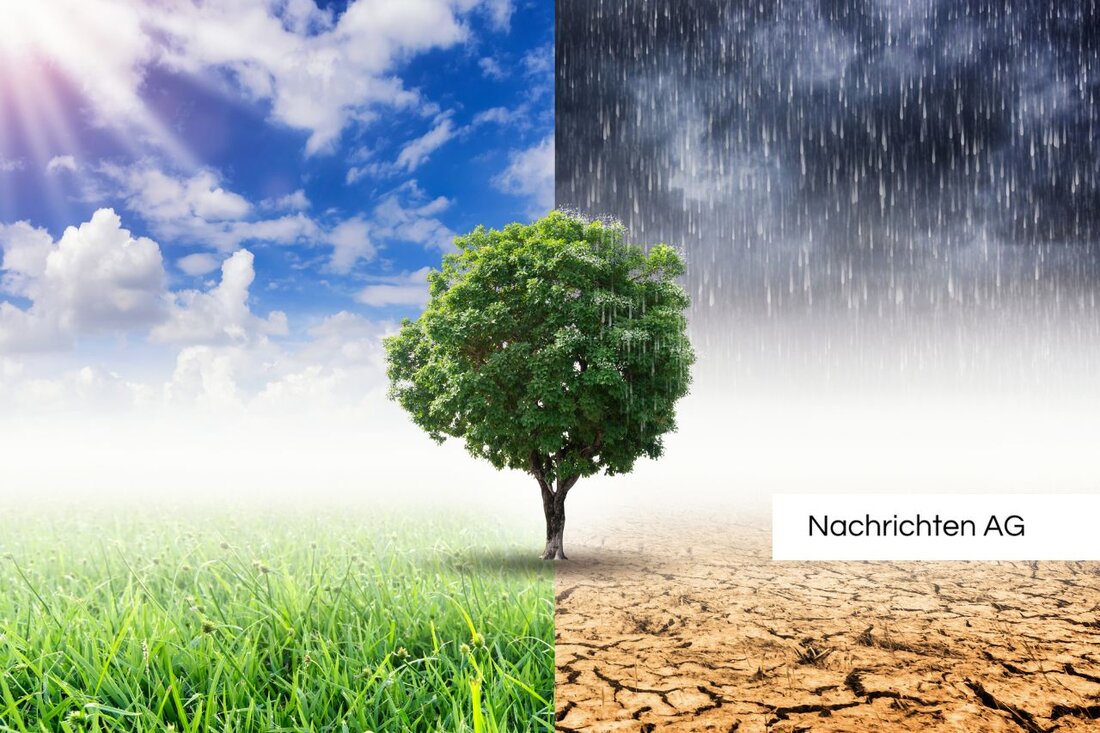Heat islands in East Tyrol: This is how we protect our health!

Heat islands in East Tyrol: This is how we protect our health!
Lienz, Österreich - In recent years, the extremely rising heat in our cities and municipalities has developed on a worrying topic. Especially in urban regions, the residents feel the consequences of increased heat waves and an increase on heat days, as is the case in Vienna. These changes are no coincidence: high traffic and heat -absorbing materials such as concrete create the phenomenon of urban heat islands, which not only affect people's well -being, but also meet significant health risks, reports MeinDzirk .
So what can be done against this development? A promising solution could be a rethink in urban planning and design. Concepts such as the sponge city are becoming increasingly popular. These strategies aim to design urban regions in such a way that they can better deal with the consequences of climate change, especially with regard to rainwater management and cooling. The Federal Environment Agency emphasizes that an integrated adaptation strategy to climate change is necessary to ensure the quality of life in the cities.
A look at the urban heat effect
The reason for the rising temperatures in the cities lies not only in global warming, but also in urbanization itself. According to National Geographic are sealed areas and the lack of green areas are the main culprit. Old trees that donate a lot of shade and filter CO2 are particularly important. A report by the University of Hamburg has shown that trees aged 40 and over play a decisive role in the city climate. This so far vital vegetation has to be protected urgently, since many of their peers suffer from adverse conditions in urban areas.
In addition, the street trees there often do not have enough space to train their roots healthy, which makes them susceptible to diseases and pests. The Federal Environment Agency therefore calls for a rethink in urban development in order to ensure their ability to survive and to fulfill essential functions.
Current initiatives in East Tyrol
| Details | |
|---|---|
| Ort | Lienz, Österreich |
| Quellen | |
